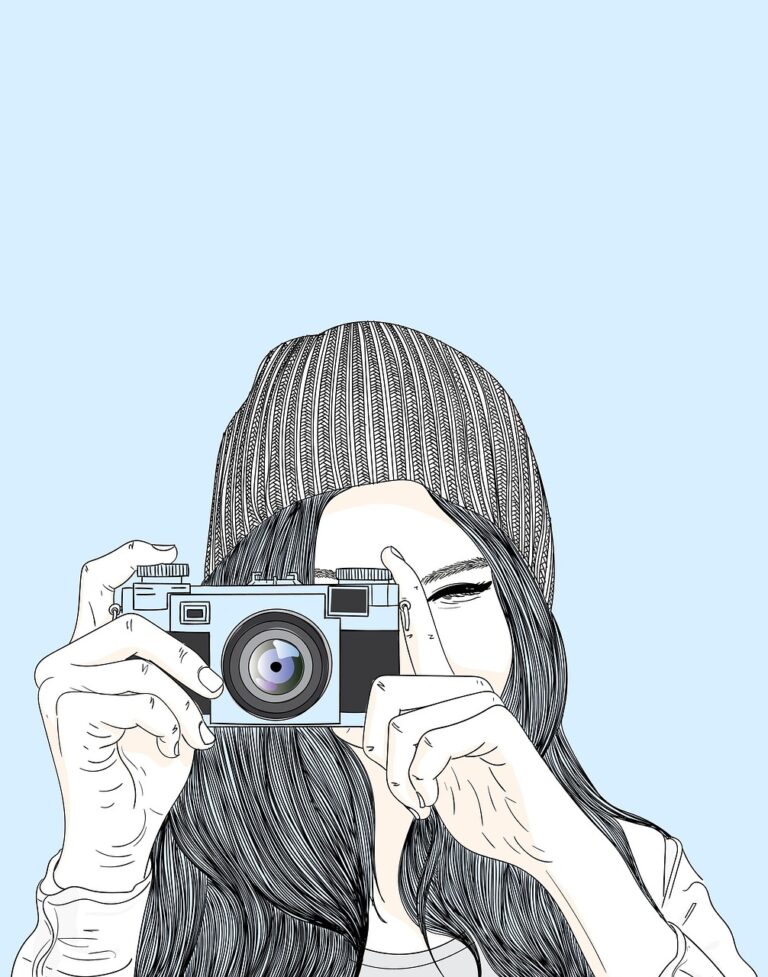

In a world obsessed with accumulation, there’s a quiet revolution happening. Some of the most meaningful collections we create aren’t meant to be kept at all. These ephemeral collections—fleeting gatherings of moments, observations, and experiences—can bring extraordinary richness to everyday life without adding to our material possessions.
My introduction to ephemeral collecting came unexpectedly. During a particularly difficult winter, I began photographing shadows cast by ordinary objects in morning light. There was something meditative about hunting for these temporary geometries that existed only for moments. I didn’t print the photos or even save most of them—the act of noticing and briefly capturing these fleeting patterns became a practice that transformed my mornings.
This wasn’t about creating a portfolio or Instagram content. It was about training my attention to notice the extraordinary in the ordinary. And something surprising happened: the shadows I didn’t capture became just as significant as those I did. My perception shifted permanently.
The beauty of impermanent collections is their endless variety. Here are some that have brought unexpected joy to my life and others:
A writer friend keeps a small notebook for fragments of conversation caught in coffee shops, on buses, or walking down the street. These decontextualized snippets—”I told him the octopus wasn’t even the point” or “She always does this with raspberries”—become tiny mysteries, story seeds, and windows into unknown lives. She rarely revisits these notes; the practice of momentary attention is the true collection.
A retired meteorologist I met documents the first rainfall of each month, not with measurements or photographs, but with brief sensory descriptions: the sound on different surfaces, the particular smell rising from the pavement, the changing shapes of water on windows. These observations, jotted quickly and never reviewed systematically, have deepened his relationship with his environment in his later years.
A textile designer shared how she hunts for unexpected color pairings in the wild—a particular blue door against rust-colored bricks, the surprising combination of flowers in a neglected garden, the layers of clothes on a stylish stranger. She captures these briefly with her phone’s color picker tool, creating temporary palettes she rarely references directly but which infuse her work with freshness.
What makes ephemeral collecting so powerful isn’t the subjects themselves, but the quality of attention they foster. Unlike permanent collections that often become about acquisition and display, these temporary gatherings exist primarily as practices of noticing.
Consider these principles for creating your own ephemeral collections:
The most rewarding ephemeral collections emerge from authentic interest rather than how they might appear to others. Ask yourself: “What subtle patterns or moments do I find myself naturally drawn to but rarely give full attention?”
The goal isn’t comprehensive or beautiful documentation. Quick notes, blurry photos, or even just moments of concentrated attention without recording anything can be enough. The collection exists primarily in the practice, not the artifacts.
Unlike traditional collecting, ephemeral collections thrive when we’re comfortable with gaps and impermanence. There’s freedom in knowing you don’t need to capture everything, preserve everything, or create a definitive record.
The most interesting ephemeral collections transform naturally over time. What begins as collecting unusual cloud formations might evolve into noticing patterns in how people gather beneath them, or the changing vocabulary we use to describe the sky.
These impermanent collections offer surprising gifts:
Regular attention to unnoticed details permanently alters how you experience the world. After collecting interesting pavement patterns for weeks, I found myself automatically registering the ground’s texture and composition wherever I walked, adding dimension to formerly mundane journeys.
There’s liberation in collecting experiences that don’t require storage, organization, or eventual disposal. These collections can be as rich and complex as physical ones without contributing to clutter or consumption.
Ephemeral collecting anchors you firmly in the present moment. Unlike digital photographs you might scroll through years later, these collections exist primarily in the act of gathering, training attention on the now.
Your particular ephemeral collections—whether they’re moments of symmetry in urban environments or variations in how people say goodbye—gradually shape a unique perspective that influences creative work, problem-solving, and how you move through the world.
If you’re intrigued by the concept, here are some accessible starting points:
The key is choosing something that genuinely interests you rather than what might make a “good” collection.
At its heart, ephemeral collecting challenges our cultural emphasis on permanence and possession. It suggests that some of our most meaningful experiences with beauty, curiosity, and wonder don’t need to be owned, preserved, or displayed to have value.
There’s something countercultural about investing attention in things you won’t keep—a small rebellion against the pressure to document everything for later, to accumulate proof of experience rather than simply experiencing.
In embracing these temporary collections, we train ourselves in the art of noticing and letting go simultaneously. We learn that something can be precious without being permanent, significant without being saved.
And perhaps most valuably, we discover that the world becomes inexhaustibly interesting when we bring this quality of attention to the overlooked and ordinary—that we can be enriched by things that pass through our lives without ever needing to possess them at all.